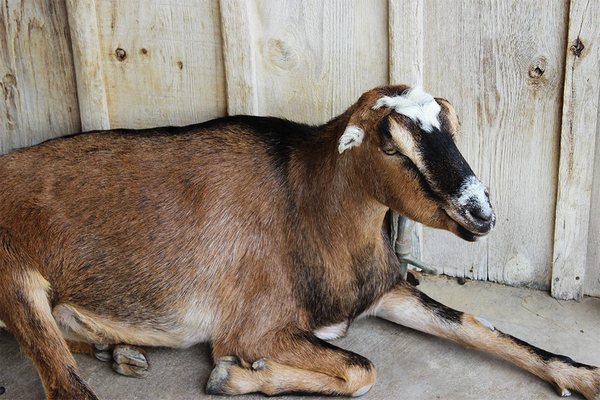
American Lamancha, or more commonly, simply Lamancha or LaMancha, is a formally recognized breed of dairy goat, first bred in California by Mrs. Eula Fay Frey about 1927. Later she moved the herd to Glide, Oregon for further development.
LaMancha, American breed of dairy goat known for its much-reduced external ears. The lineage of LaManchas is uncertain; their relation to goats of the La Mancha region of Spain is not proven. The breed was developed in the early 20th century on the West Coast of the United States from unusually short-eared goats believed to be descended from goats brought to California by Spanish missionaries. Those goats were bred to several other breeds, including Nubians and Alpines, until a distinctive American LaMancha breed was developed. Official recognition by the American Dairy Goat Association came in 1958.
Over the years, the LaMancha was shaped into a low-maintenance grazing breed that has excellent migration abilities. Perhaps this behavior helps explain the LaMancha breed’s strong herding instinct, which causes them to prefer being in a group.
The LaMancha breed is used for milk production and is known for having a high consistency of butterfat in its milk. Their milk produces a high amount of vitamins and minerals, plus it is lower in cholesterol than cow’s milk. Goat’s milk is more easily digestible than cow’s milk.